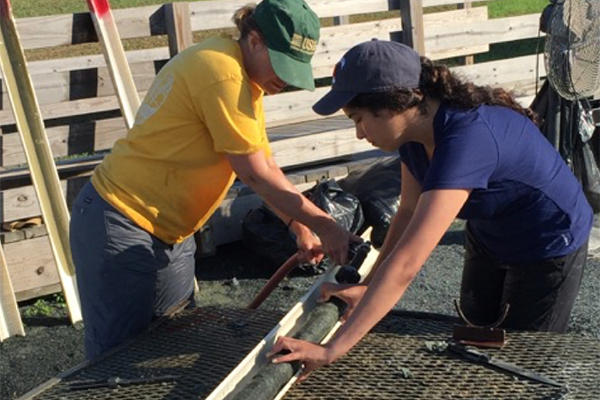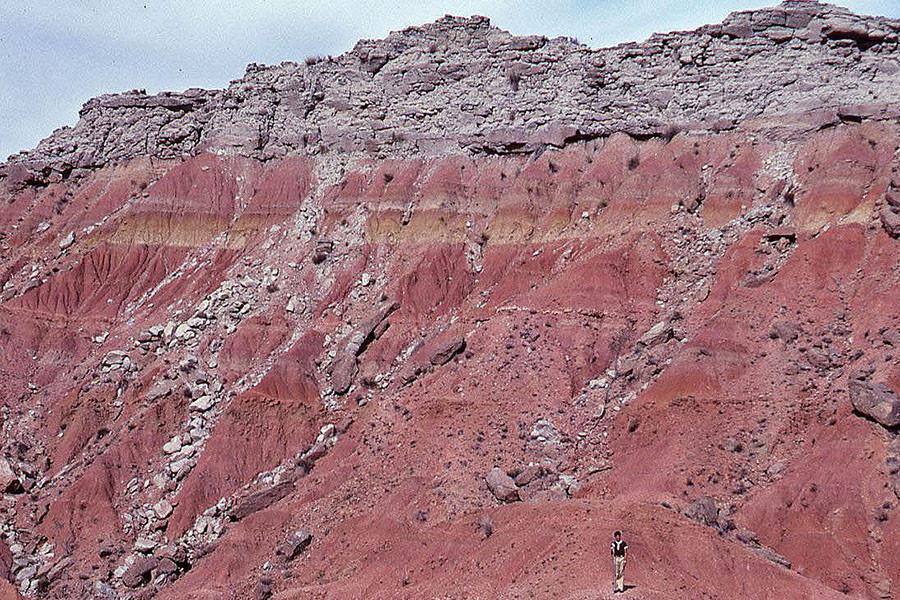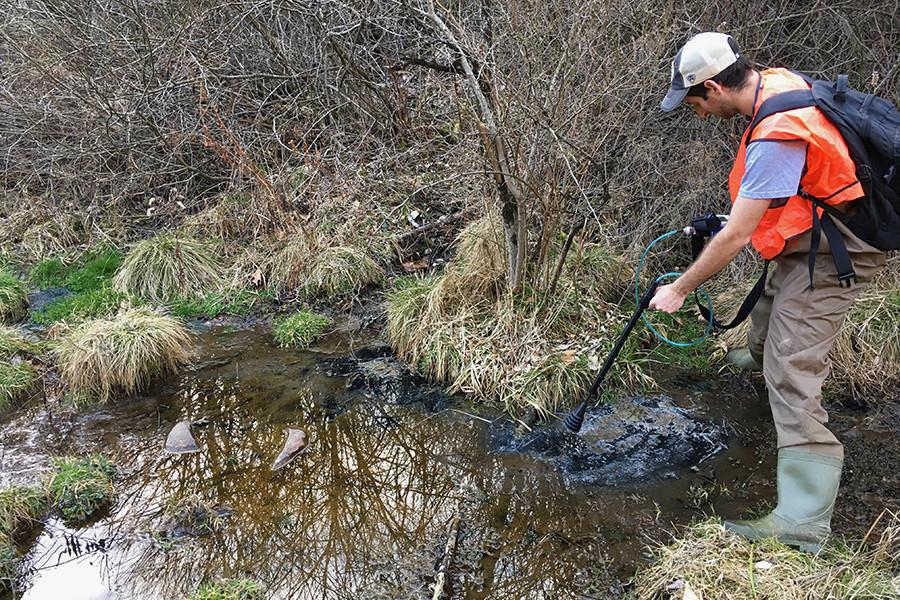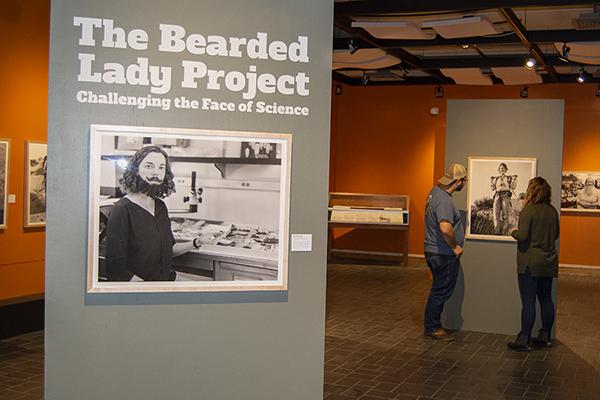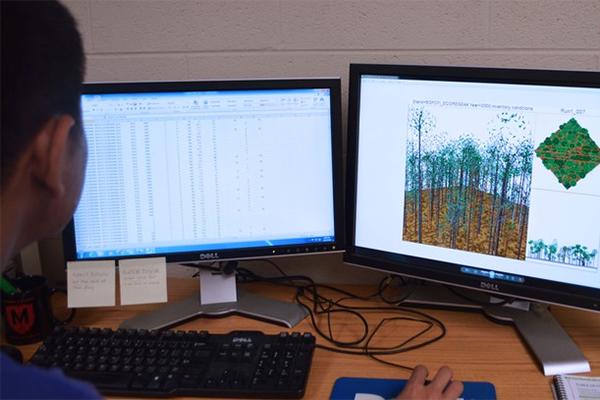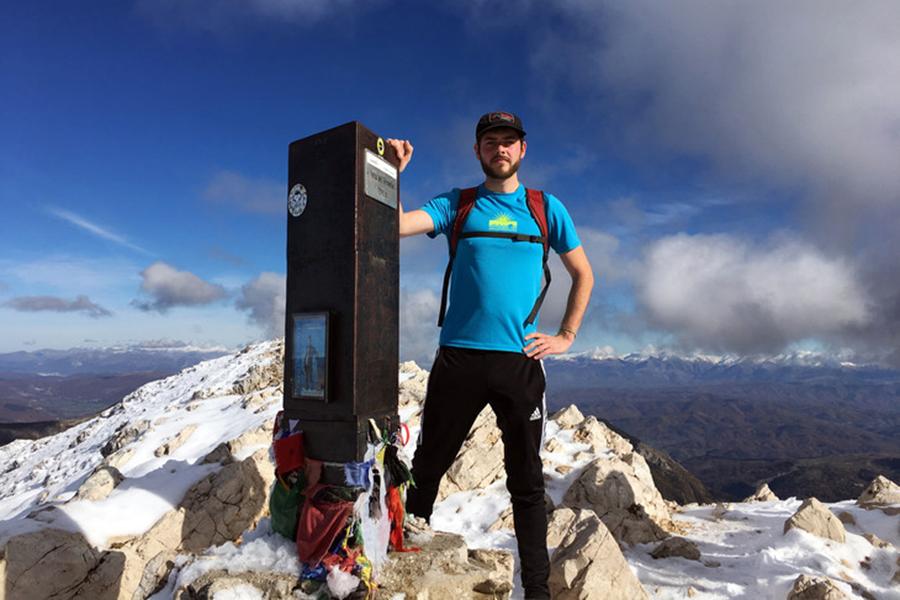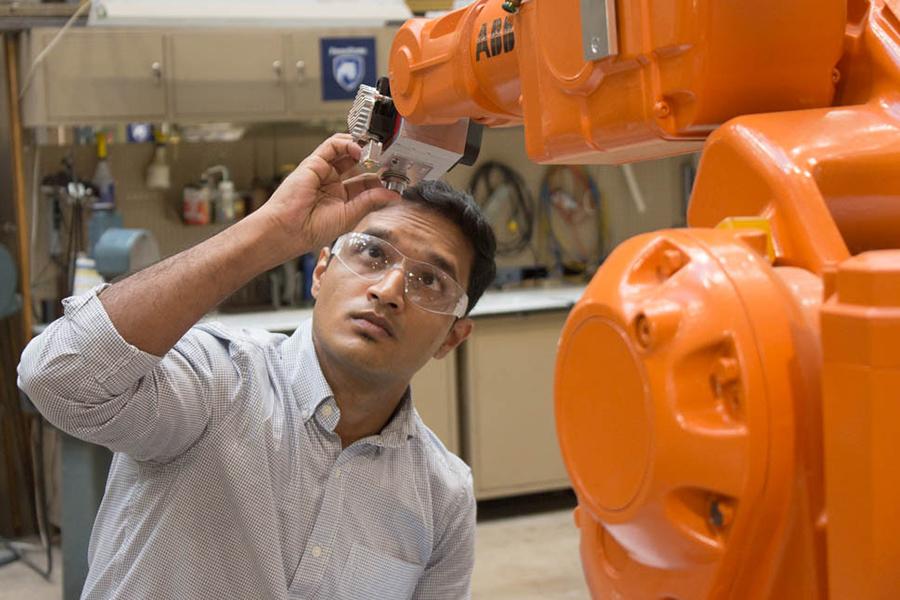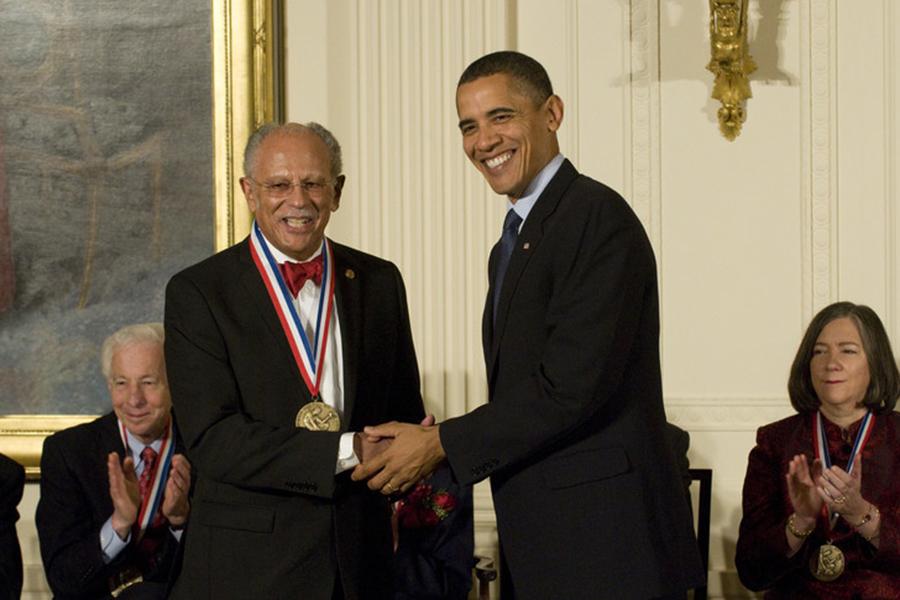Our graduate students are integral to the research we conduct, and they also are dedicated to making a difference in communities. Learn more about their research, outreach efforts, and other projects below.
News
A rapid rise in temperature on ancient Earth triggered a climate response that may have prolonged the warming for many thousands of years, according to scientists.
Penn State’s Graduate Writing Center (GWC) is celebrating 20 years of service to graduate students this month. Founded in January 1999, it was one of the first writing centers dedicated to graduate-level communication.
The John and Willie Leone Family Department of Energy and Mineral Engineering (EME) is hosting a Winter Open House from 2 to 4 p.m. on Monday, Dec. 10, in the Hosler Building. All faculty and staff in the College of Earth and Mineral Sciences are invited to come to enjoy some holiday treats and visit with one another.
Ancient wildfires played a crucial role in the formation and spread of grasslands like those that now cover large parts of the Earth, according to scientists at Penn State and the Smithsonian National Museum of Natural History.
Chemical clues in waters near Marcellus Shale gas wells in rural Pennsylvania can identify new drilling-related sources of methane contamination, according to scientists.
'The Bearded Lady Project' photography exhibit, which highlights women in science and draws attention to issues they face, is now open in the Earth and Mineral Sciences Museum & Art Gallery.
The forests we walk through today are not the same as the ones that existed hundreds of years ago. Human activities such as agriculture, development, and logging have changed them. Fire, or really the lack of it, also changed forests, to the detriment of some species like oaks and pines.
Schreyer Honors College and College of Earth and Mineral Sciences graduate Patrick Stephens models three-dimensional terrain around the world while continuing to build his own cartography business.
Introduced in 2017, the AMD program is educating students and working engineers to become technical experts in additive manufacturing and design.
Warren Washington became the second African-American nationwide to earn a doctoral degree in meteorology when he received his degree from Penn State in 1964, but his ties to the University extend beyond that.


